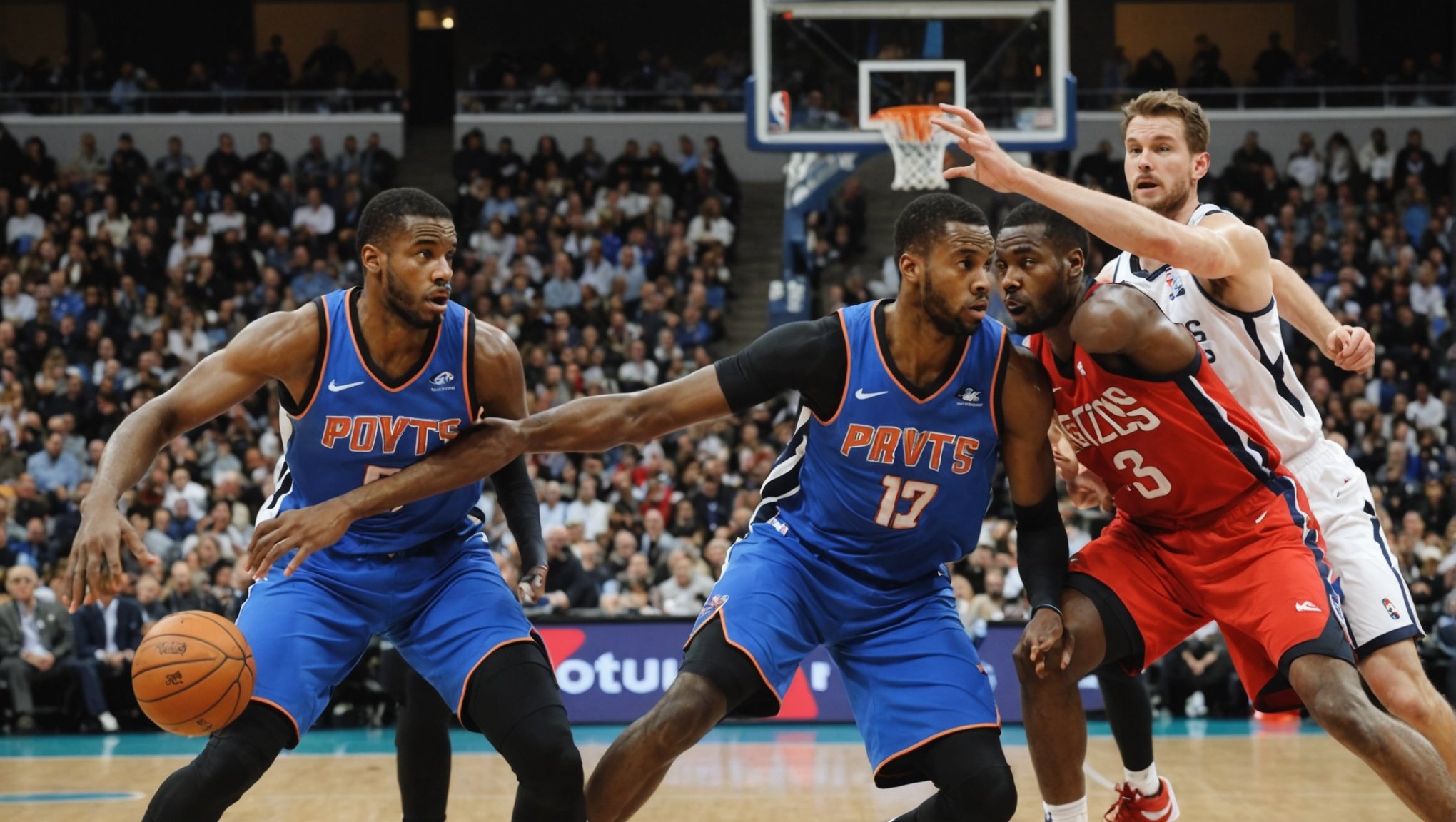The sport of basketball, a game originating from America, has captured the hearts of many worldwide. Whether it’s the adrenaline rush of watching players deftly maneuver the ball around the court, or the intense anticipation that builds up as the seconds count down to the final buzzer, basketball has enthralled audiences for over a century. One team that has made a mark in this esteemed sport is the University of Kentucky Wildcats.
With a rich history dating back to the 1900s, the Kentucky basketball team has produced many talented players that have gone on to dominate the national and international sports arena. Despite their successes, there is always a game element that can be improved, and this article focuses on a crucial aspect of the game: rebounding.
Also to discover : Which recovery techniques should UK basketball players use after intense games?
Rebounding plays a critical role in winning basketball games. The more rebounds a team can pull down, the more opportunities they have to score and prevent their opponents from doing the same. Today, we focus on how the centers from the University of Kentucky could increase their effectiveness when it comes to rebounding.
Understanding the Importance of a Rebound
Rebounds are one of the most vital actions in a basketball game. The term refers to the act of gaining possession of the ball after a missed field goal or free throw. The primary duty of securing rebounds often falls on the centers – the tallest players on the team, positioned near the basket.
Also to see : What are the best strategies for UK basketball coaches to foster team spirit?
When the Kentucky team secures more rebounds, it provides them with additional opportunities to score and restricts the opposing team’s chances. It also demonstrates the team’s defensive strength, as good rebounders prevent their opponents from getting second-chance points. Moreover, a strong rebounding game can influence the overall rhythm and pace of the contest, giving the Kentucky team control over the game’s flow.
Strategies for Enhancing Rebounding Effectiveness
As the team’s main rebounders, the Kentucky centers can heighten their rebounding efficiency by improving specific aspects of their game.
Work on Positioning and Anticipation
The art of rebounding is not just about height and jumping ability. It involves being in the right place at the right time. Players should work on their positioning on the court, understanding where the ball is most likely to land after a missed shot. They can do this by studying their opponents’ shooting patterns and learning from their own team’s shooting tendencies.
Enhancing Physical Strength and Conditioning
Physical strength plays a vital role in securing rebounds. Centers need to be able to hold their ground against opposing players while also leaping for the ball. Regular strength and conditioning workouts can help improve the player’s endurance and muscle strength, resulting in better performance on the court.
Improving Basketball IQ
Basketball IQ, or the understanding of the game, is crucial in rebounding. Players with a high basketball IQ can read the game better, anticipate the opposition’s actions, and position themselves better for rebounds. They can improve their basketball IQ by studying game tapes, discussing strategies with coaches and teammates, and learning from more experienced players.
The Impact of Teamwork on Rebounding
Although centers play a significant role in securing rebounds, rebounding is a team effort. All players on the court, whether they’re on offense or defense, should be ready to fight for the ball.
Teams can enhance their collective rebounding efforts by communicating effectively on the court. Players should call out screens, boxing out assignments, and potential loose balls. This shared responsibility can significantly increase the number of rebounds the team secures during a game.
Utilizing Data to Improve Rebound Performance
The use of data analysis has become increasingly prevalent in sports, including basketball. Teams can leverage data to study patterns, identify weaknesses, and develop strategies for improvement.
For instance, Kentucky centers can use data from sources like Crossref, DOI, and PubMed to gain insights into their rebounding performance. They can analyze factors like the number of rebounds secured per game, their positioning on the court, and their performance against different opponents. This data-driven approach can provide them with a comprehensive understanding of their performance, helping them devise effective strategies to improve their rebounding game in the future.
Rebounding plays a critical role in the game of basketball, and for a prestigious team like Kentucky, improving rebounding effectiveness can significantly enhance their overall performance. By focusing on aspects like positioning, physical strength, basketball IQ, teamwork, and data analysis, they can ensure they maximize every opportunity to score and limit their opponents’ chances. Remember, every rebound is a step closer to victory.
The Role of Psychology in Rebounding Enhancement
The psyche of a basketball player plays a significant role in their performance on court, especially in crucial aspects of the game like rebounding. For centers, understanding the psychological aspect of rebounding can give them an edge over their opponents.
The Psychology of Anticipation
Anticipation is a critical factor in securing rebounds. It’s not just about physical readiness, but mental readiness as well. This involves understanding the trajectory of a missed shot and predicting where it will land. A study found on Google Scholar revealed that players with better anticipation skills had a higher number of rebounds per game.
Decision Making Under Pressure
Rebounding often involves split-second decisions under intense pressure. Centers need to decide in a fraction of a second where to position themselves, when to jump, and how to box out their opponents. Improving decision-making skills can significantly enhance a center’s rebounding performance.
Boosting Confidence and Resilience
Rebounding is as much a test of resilience as it is of skill. Centers are often challenged by taller or stronger opponents, and it’s their confidence and resilience that can help them prevail in these situations. Regular mental conditioning, including techniques like visualization and positive self-talk, can help boost a player’s confidence and resilience on the court.
Conclusion: The Way Forward for Kentucky Basketball Centers
Rebounding is an art that demands not only physical prowess but also mental sharpness, strategic positioning, and impeccable teamwork. As the main rebounders of the Kentucky basketball team, the centers have a critical role to play in enhancing their rebounding effectiveness.
They can do this by focusing on perfecting their positioning, improving their physical strength and basketball IQ, and understanding the psychological aspect of rebounding. In addition, they should not underestimate the power of teamwork and effective communication on the court.
Moreover, they should leverage the power of data to understand their performance better. By using sources like Crossref, Google Scholar, PubMed, and DOI, they can gain valuable insights into their rebounding patterns and identify areas for improvement.
Above all, they should remember that every rebound secured is a triumph not only for them but for the entire team. It’s not just about the higher number of possessions but also about dictating the pace of the game and demonstrating defensive dominance.
The journey to enhancing rebounding effectiveness is not easy. It requires dedication, hard work, and constant learning. However, with the right strategies and mindset, Kentucky basketball centers can certainly improve their rebounding game, contributing significantly to the team’s continued success in the esteemed sport of college basketball.











